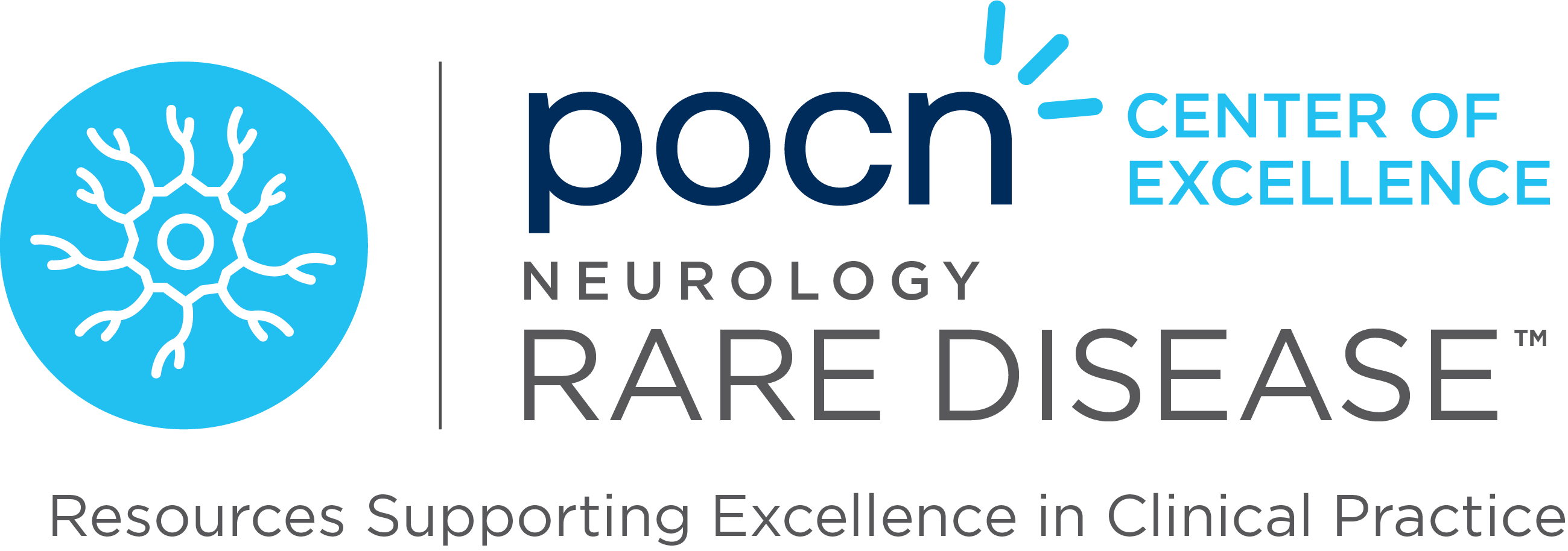Myasthenia gravis, a neuromuscular disorder, typically emerges later in life due to antibodies attacking muscle receptors, hindering essential chemical signals for muscle contraction. Its symptoms range from visual disturbances like drooping eyelids and double vision to muscle weakness and fatigue, often exacerbating with muscle use. Diagnosis relies on medical history, physical exams, and tests like blood tests and electromyograms to assess muscle activity.
While there’s no cure for myasthenia gravis, treatments aim to manage symptoms and may include medications like anticholinesterase drugs, immunosuppressive therapies, or surgical interventions like thymectomy. Complications, notably myasthenia crisis marked by severe muscle weakness, particularly in respiratory muscles, demand prompt medical attention. Strategies to prevent crises involve medication adherence, avoiding infections, maintaining proper nutrition and activity levels, and managing stress. Early detection and proactive management are crucial for improving outcomes in individuals with myasthenia gravis.
Reference: Myasthenia Gravis. Accessed April 25, 2024. Johns Hopkins Medicine. https://www.hopkinsmedicine.org/health/conditions-and-diseases/myasthenia-gravis



